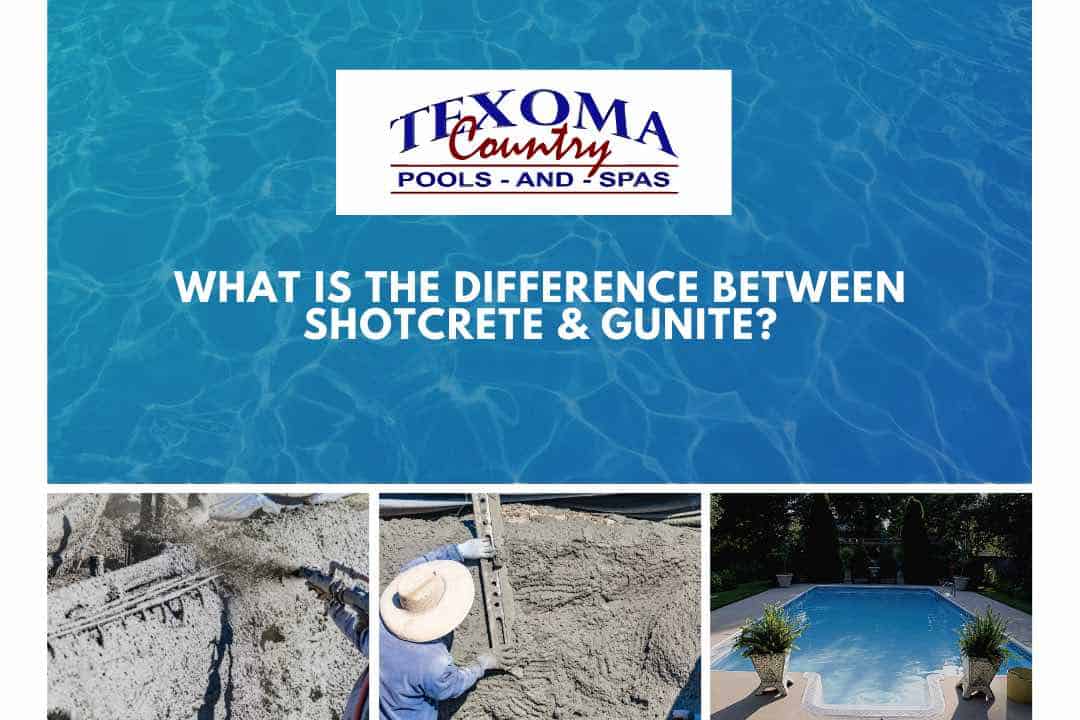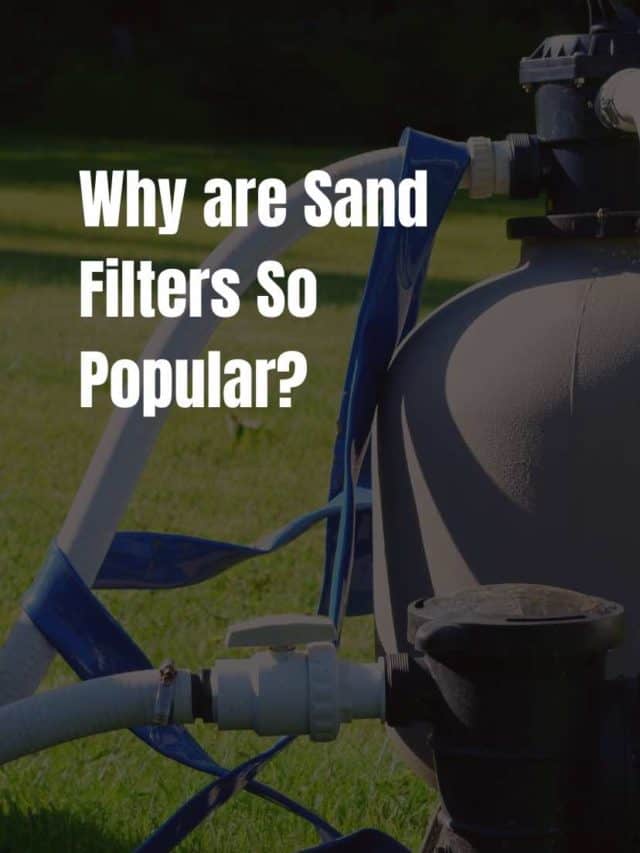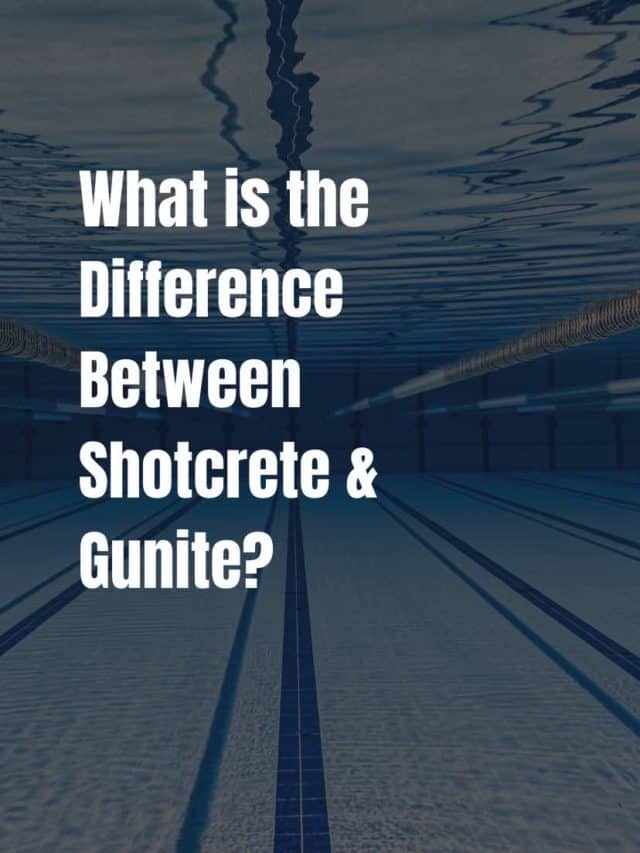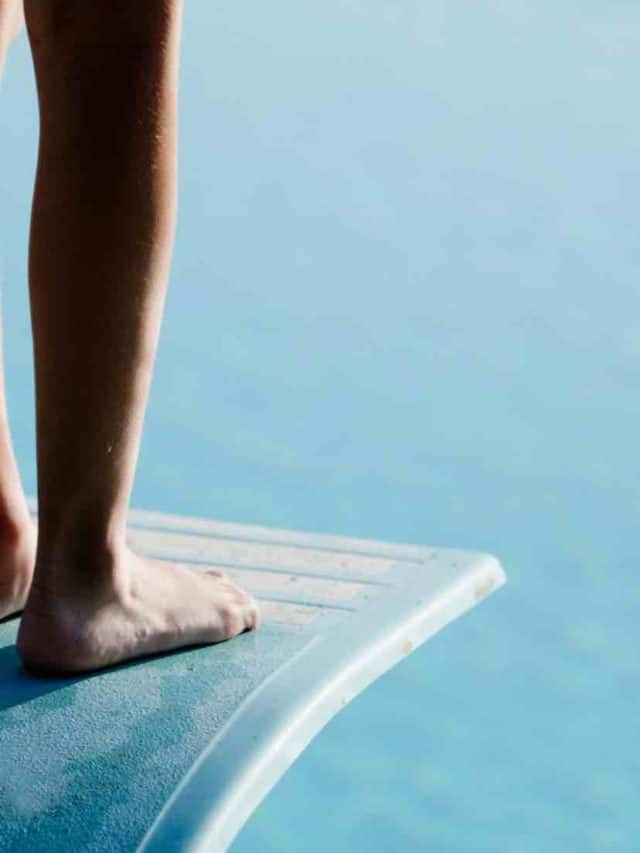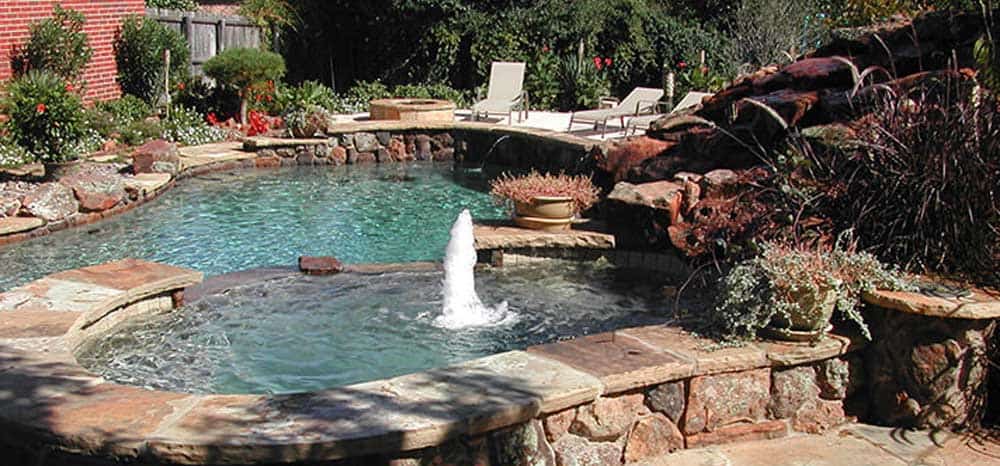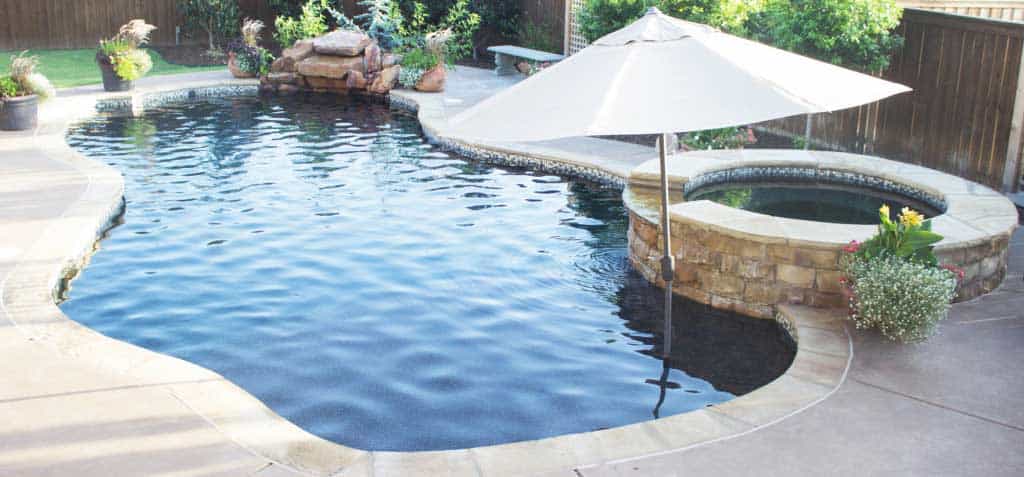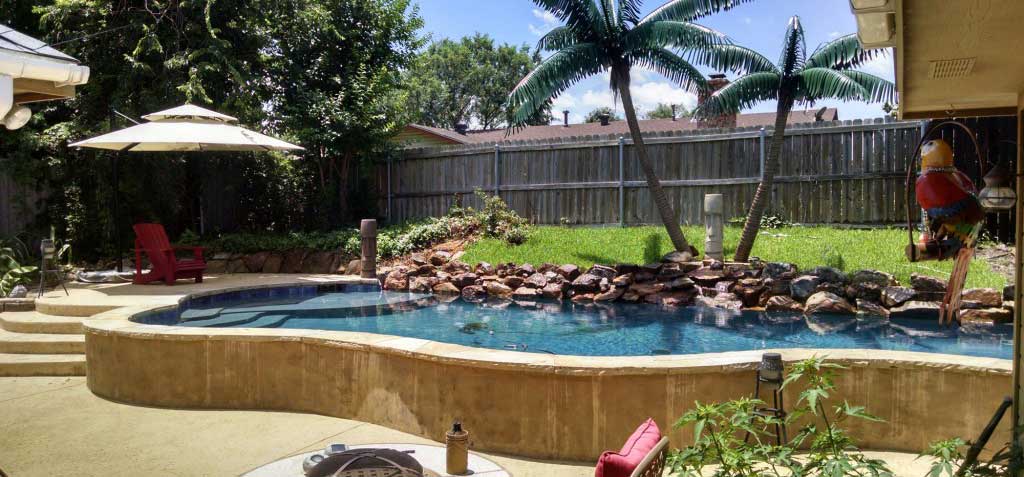If you are looking to build a pool in your backyard, the sheer number of choices can be overwhelming! You’ll need to make decisions about filtration systems, pool design, surfaces, and water features.
A reputable pool builder, like Texoma Country Pools and Spas, can help you determine what will look and work best for your particular backyard.
Gunite and shotcrete are both popular choices for inground pools. Let’s dive in and see what both of these pools have to offer.
Inground Pool Construction
The construction processes for gunite and shotcrete pools are similar:
- Measure & Excavate the Ground
- Install Plumbing
- Install a Reinforced Cage of Tied Steel Rebar
- Spray Pool Surface – Gunite or Shotcrete
- Shape & Finish the Concrete Pool Shell
- Allow the Concrete to Cure
- Install Tile & Coping
- Pour the Patio and/or Outdoor Living Area
- Apply the Finish (Plaster, Aggregate, or Tile)
- Fill Pool & Start Filtration Systems
What is Gunite?
Gunite is made of sand, water and cement. It’s similar to concrete, with one important exception. Traditional concrete is poured section by section into wooden frames.
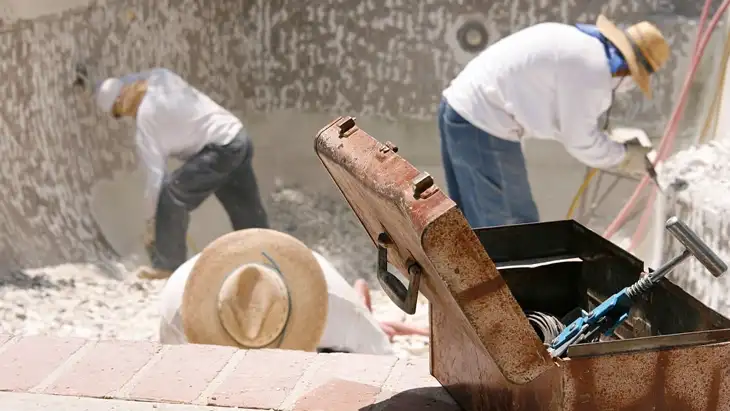
However, gunite is applied in layers using a specialized spray gun. (Hence the name gunite.) Water is added to the dry concrete mix at the gun-shaped nozzle opening. The concrete is made in the air right before hitting the target. Pool professionals would say that gunite is a “dry mix” because the water is added to the material to form concrete onsite.
What is Shotcrete?
Shotcrete is also made of sand, water and cement. Like gunite, shotcrete is sprayed into place.
Shotcrete is considered a “wet mix” because the water and dry mix are prepared prior to arrival. The premixed cement is shot out of a nozzle to form the pool.
What is the Difference Between Gunite and Shotcrete?
Structurally these two materials are very similar. The biggest difference between the two materials is when water is introduced to the mix. With gunite, the water is added on site. With shotcrete, the water is added prior to arrival.
These two mixing techniques each have their own advantages.
Advantages of Gunite
Gunite pools are highly durable and can be created in just about any shape. Pool owners who choose gunite can also select from a variety of finishes. Plaster finishes come in an array of shades you can coordinate with your outdoor living area and house. For a high-end look, you can opt for finishes that incorporate pebbles or glass.
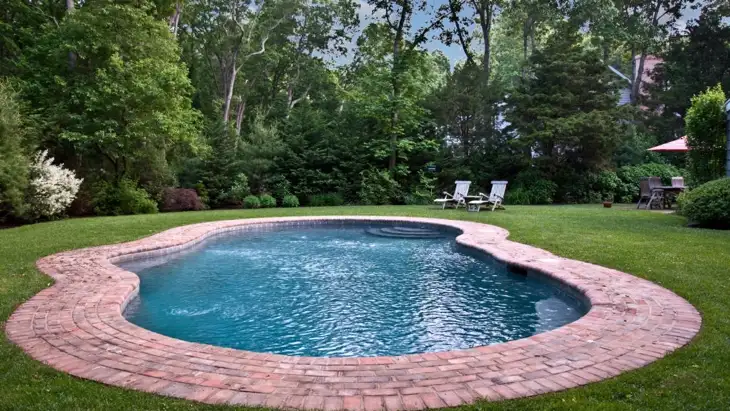
Gunite also makes it easy to design and build features like waterfalls and customs steps. Gunite offers flexibility with materials and design so you can customize your pool to your tastes and budget.
Since the gunite mix is prepared onsite, it gives the workers more time and flexibility to shape and form the material. Normally, if you were using traditional concrete to pour a sidewalk, for example, you need to pour the entire project at once. If you stop and start pouring the cement it creates a “cold joint” and won’t bind together properly. Cold joints are prone to cracking.
However, with a gunite you have the ability to stop and start again. The gunite blends seamlessly.
The ratio of sand, cement, and water in gunite must be exact. Because this ratio is mixed onsite and is so critical to the quality of the project, gunite requires a bit more skill and expertise from your pool builder. This process is generally less expensive than shotcrete.
Advantages of Shotcrete
Shotcrete has its own list of advantages. This material allows you to create both curved and straight surfaces in the same pool. Shotcrete forms a strong and consistent coating. There are also plenty of options for textured finishes. You can choose smooth troweling or mimic exposed rock. Shotcrete is ideal for infinity edges and areas that require precision.
The premixed shotcrete material offers several advantages. Since the material is mixed offsite, it’s easier to produce the exact ratio needed to pour the pool. The technicians onsite only need to focus on forming the sides of the pool since the mixing work is already complete.
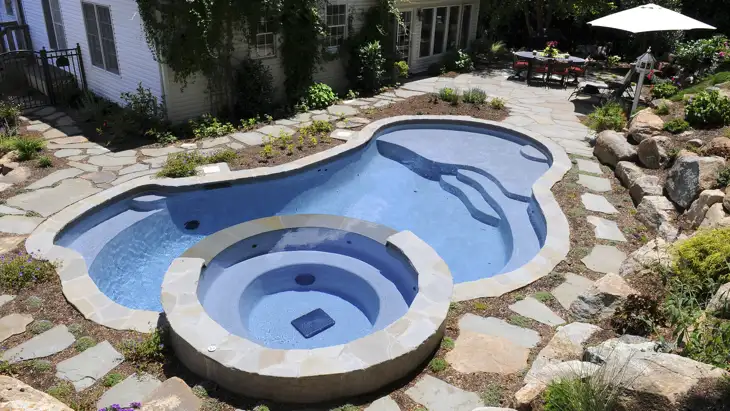
The shotcrete requires less time onsite at the pool build. Your installation team will arrive with the shotcrete pre-mixed and ready to go. Additionally, shotcrete creates less overspray compared to gunite.
The benefits of pre-mixed shotcrete do come with one tradeoff. Shotcrete must be applied fairly quickly and doesn’t allow you to start and stop pouring. This is partly due to the lower compressive strength of shotcrete.
Generally speaking, shotcrete is more expensive than gunite.
Should I Choose Gunite or Shotcrete for my Pool?
While there are pros and cons to both types of concrete, ultimately it comes down to the skill and expertise of your operator. Finding an experienced and licensed operator will ensure a beautiful, strong, and long-lasting pool.
If you have specific features and pool accessories you’d like to incorporate into your design, your professional design team can help you determine which option will serve you best.
Check out our pool gallery to look for ideas and inspiration.
Create Your Own Backyard Paradise
Swimming is a great way to spend time and relax with your friends and family.
Texoma Country Pools and Spas can help you create your very own backyard paradise. When you have a pool out your back door, you don’t have to go far to get in a quick workout, spend quality time with loved ones or simply unwind in a beautiful environment.
Request a quote to get started today!

